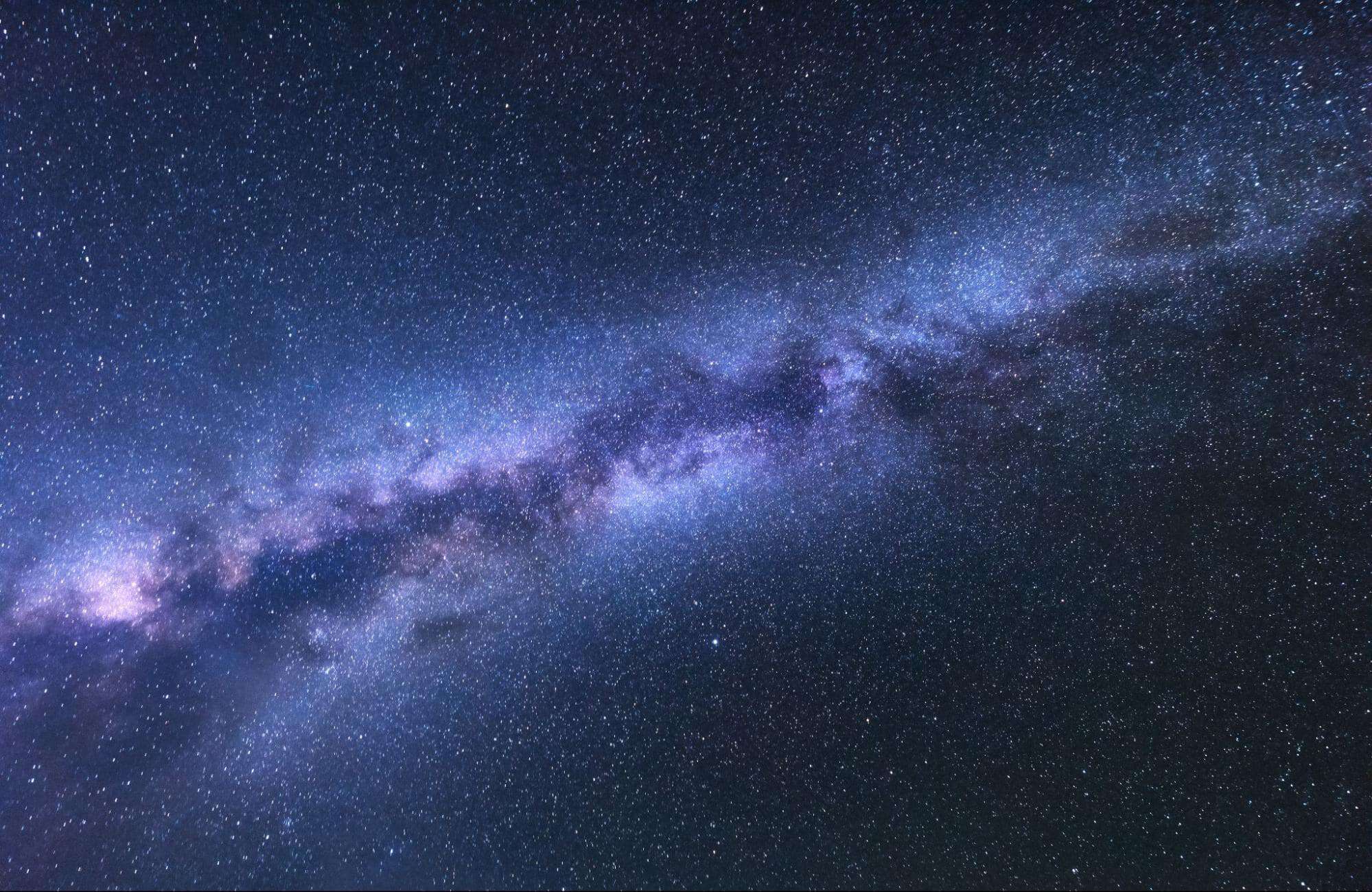

A Journey Through Tanzania’s Night Sky and Traditions
By the Entara Guide Team
Our story begins here. By imagining yourself in the Tanzanian wilderness, enveloped by the purest darkness. A night so unpolluted and untouched by city lights or any artificial activity. Above, a breathtaking display in the night sky unfolds.
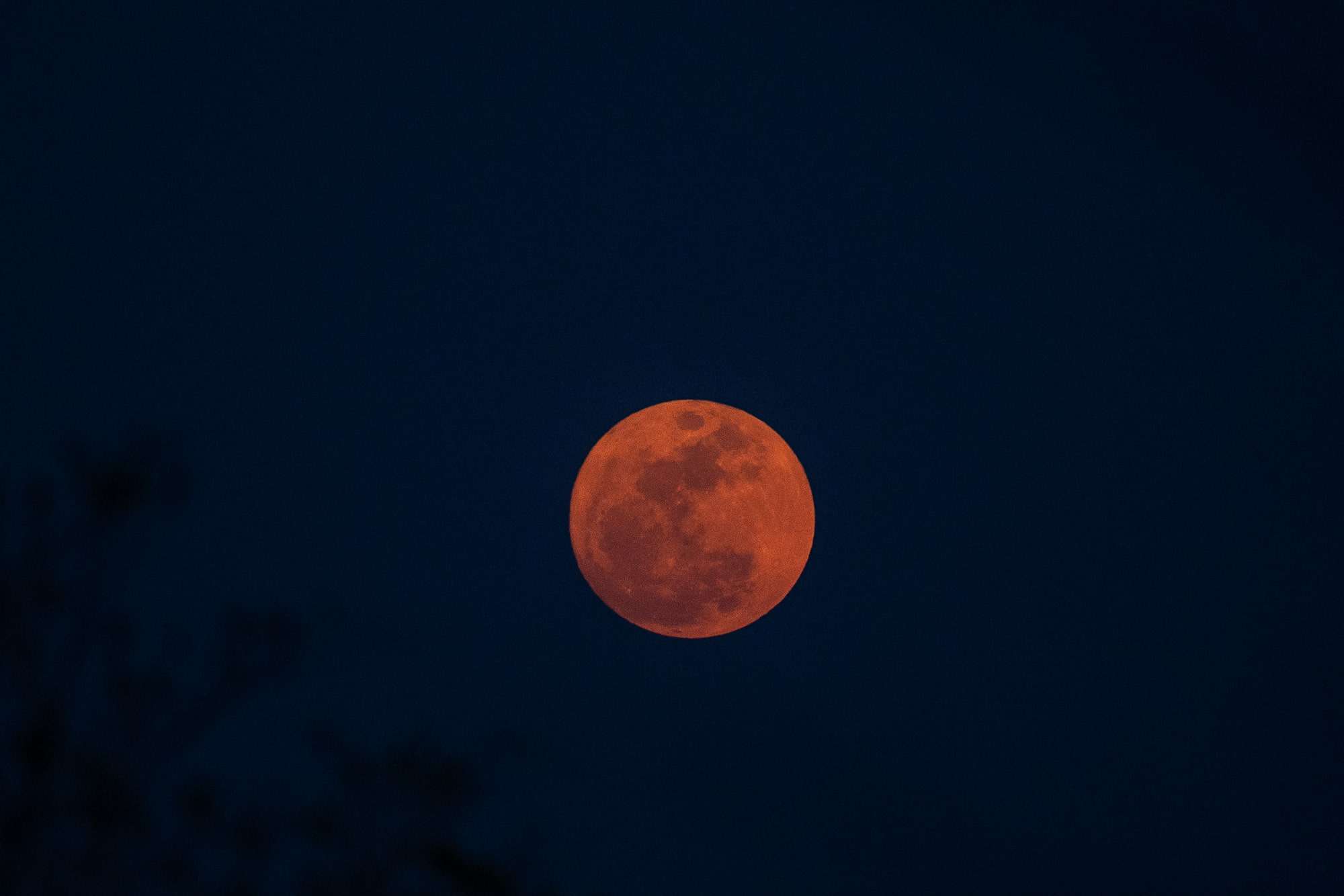
Venus
Drawing its name from Venus, the goddess of love, beauty, fertility, prosperity, and victory in Greco-Roman tradition. Venus becomes most distinguishable in the night sky by its radiant shine, making it the brightest natural object in our night sky, after the moon.
For the Maasai, the planet is known by two names: Kileghen when it appears in the morning and Leghen in the evening. When warriors are late returning from a raid, Maasai women, who eagerly and tentatively await the men’s safe and successful return, traditionally pray to Venus. During the emaanyata ceremony, the most vital initiation of all rites of passage in the Maasai society (that which marks the transformation of boys into warriors) the rising of Leghen calls them to this significant milestone event.
Similarly, in the Hadza culture, two names exist for the planet – Shashayeko in the morning, said to be a signal for everyone to wake up, and Luluwakachako in the evening, calling women to cook dinner. The Iraqw people refer to Venus as Tsitsiir do loto. This means “the star of cow milking”. Young women were traditionally responsible for milking cows in the late evening and had to finish before Venus disappeared from the sky.
The Pleiades
The discussion then turned to The Pleiades, more commonly known as the Seven Sisters. In Swahili, the Pleiades are known as Kilimia, translating to ‘the Ploughing Stars’ or ‘Planting Stars’. A Swahili proverb encapsulates their meaning in the night sky well:
“Kilimia kikizama kwa jua huzuka kwa mvua, kikizama kwa mvua huzuka kwa jua”
Which translates into…
“If the Digging Stars set in sunny weather, they rise in the rain; if they set in the rain, they rise in sunny weather”
The Hadzabe call the Pleiades Andandayegabee – “The Sisters” – while the Maasai refer to them as Inkakwa. Similar to the general notion, Maasai elders track Inkakwa to determine the end of the rainy season and the time for the emanyata ceremony, again, a culturally significant coming-of-age ritual. Reiterating here yet again, how cultures intertwine tradition and ceremonial moments with what the heavens present.
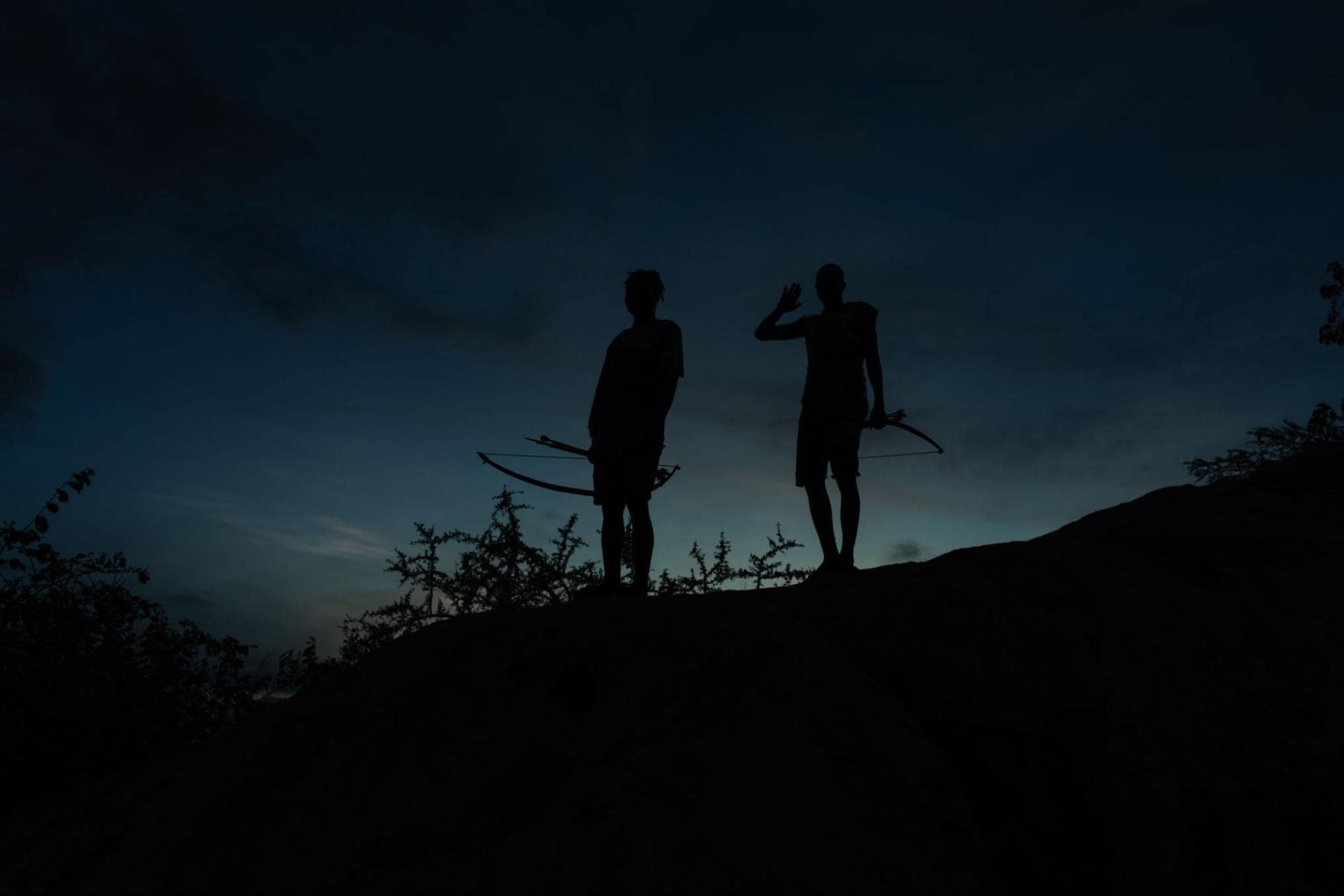
Orion
In Maasai legend, the stars of Orion’s Sword are called “The Old Men”, pursued by the three stars of Orion’s Belt, known as “The Widows”. According to legend, the Widows, having lost their husbands, driven by their sorrow, are now ambushing the Old Men.
Another Maasai story tells of Ilmoruak lorkine – “the three men with a male goat”. In which the men carry a goat as a price to the bride’s father in hopes of securing her hand in marriage. This story encapsulates the values of commitment, family, and the significance of traditional customs in the Maasai way of life.
In Hadza lore, the belt of Orion is referred to as Miseko, and The Sword is known as Pa’ameko, or “the fire stick.” Together, these two sticks are carried by all Hadza men and are used to start a fire, symbolizing communal effort and survival. It can be appreciated how the stars of Orion’s Belt and Sword are metaphorically linked to the foundational act of fire-making. Miseko and Pa’ameko serve as nightly reminders of the ancient practices that sustain them still.

The Milky Way and Coal Sack Nebula
The Coal Sack Dark Nebula is one of the most prominent dark nebulae visible from Earth, easily spotted as a dark patch against the bright backdrop of the Milky Way.
For the Maasai, the Coal Sack Nebula is believed to be a deep well from which Enkai (God) watered his cattle on his journey through the sky, with the Milky Way marking his route. This deep well is thought of as the source of water pouring down to Earth during the short rains (Ilkisirat) and long rains (Olari). The Coal Sack’s inky depths are envisioned as the wellspring from which the waters of life pour down to Earth.
Not too far from this notion, the Iraqw refer to the Milky Way as Dukhu yae (the River with water). Additionally, they believe it is easy to get lost during a full moon because of the excessive light in the sky, obscuring the stars that provide direction. It can be felt that, for the Iraqw, the full moon, while beautiful, represents a time of caution – a period when the usual celestial signs and Dukhu yae, are obscured, and one must tread carefully.
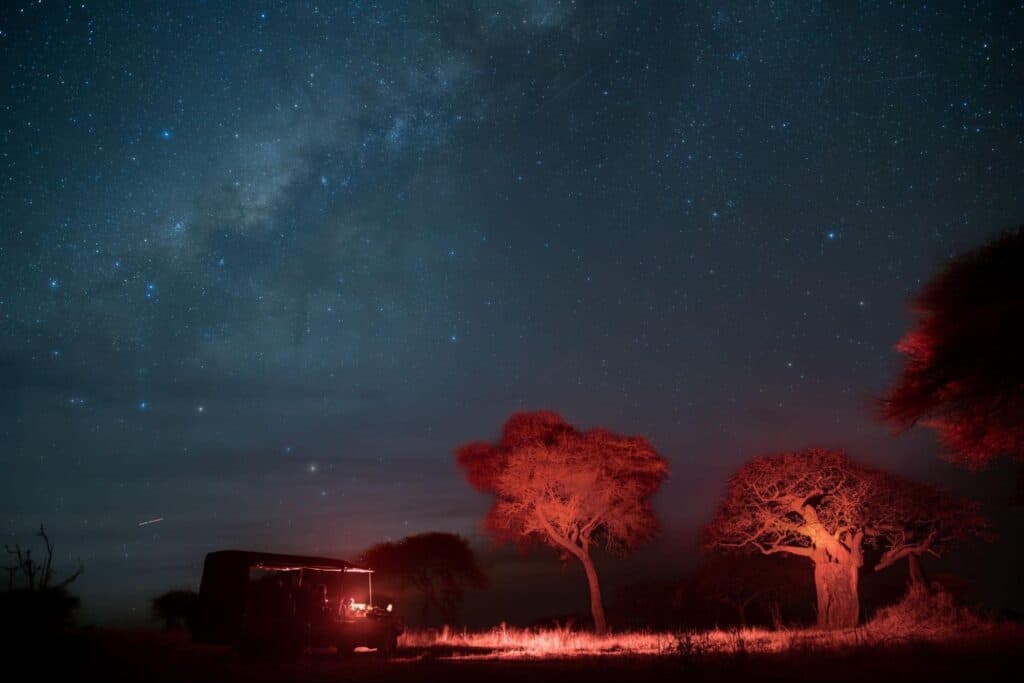
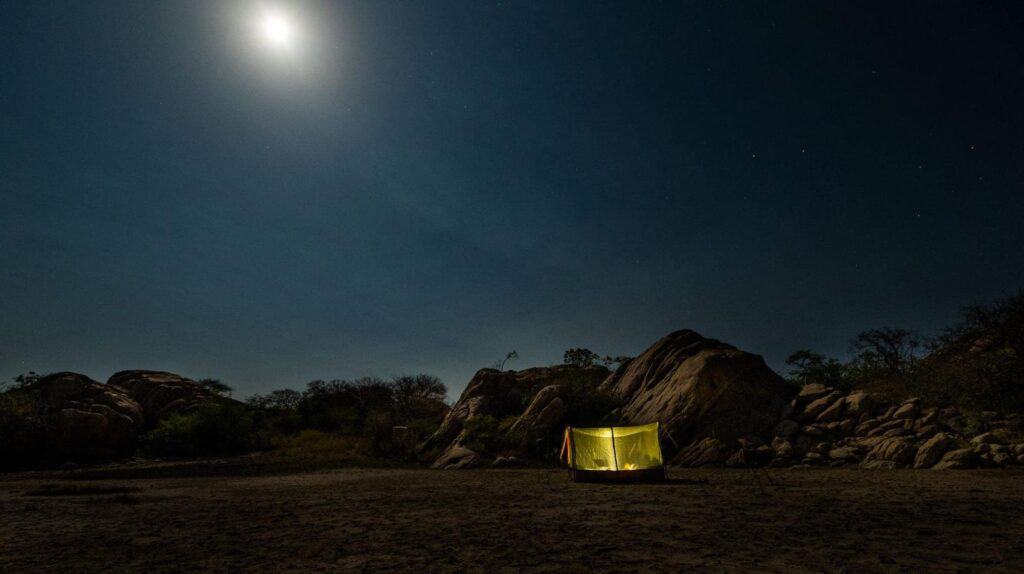
These stories remind us that from ancient times to the present day (whether in the gleaming halls of astronomers’ labs or the open plains of the Tanzanian wilderness), humans and nature remain intricately connected by some resonating harmony.
Enquire now
Facebook
Instagram




Where Do Birds and Mammals Get Their Colours From?
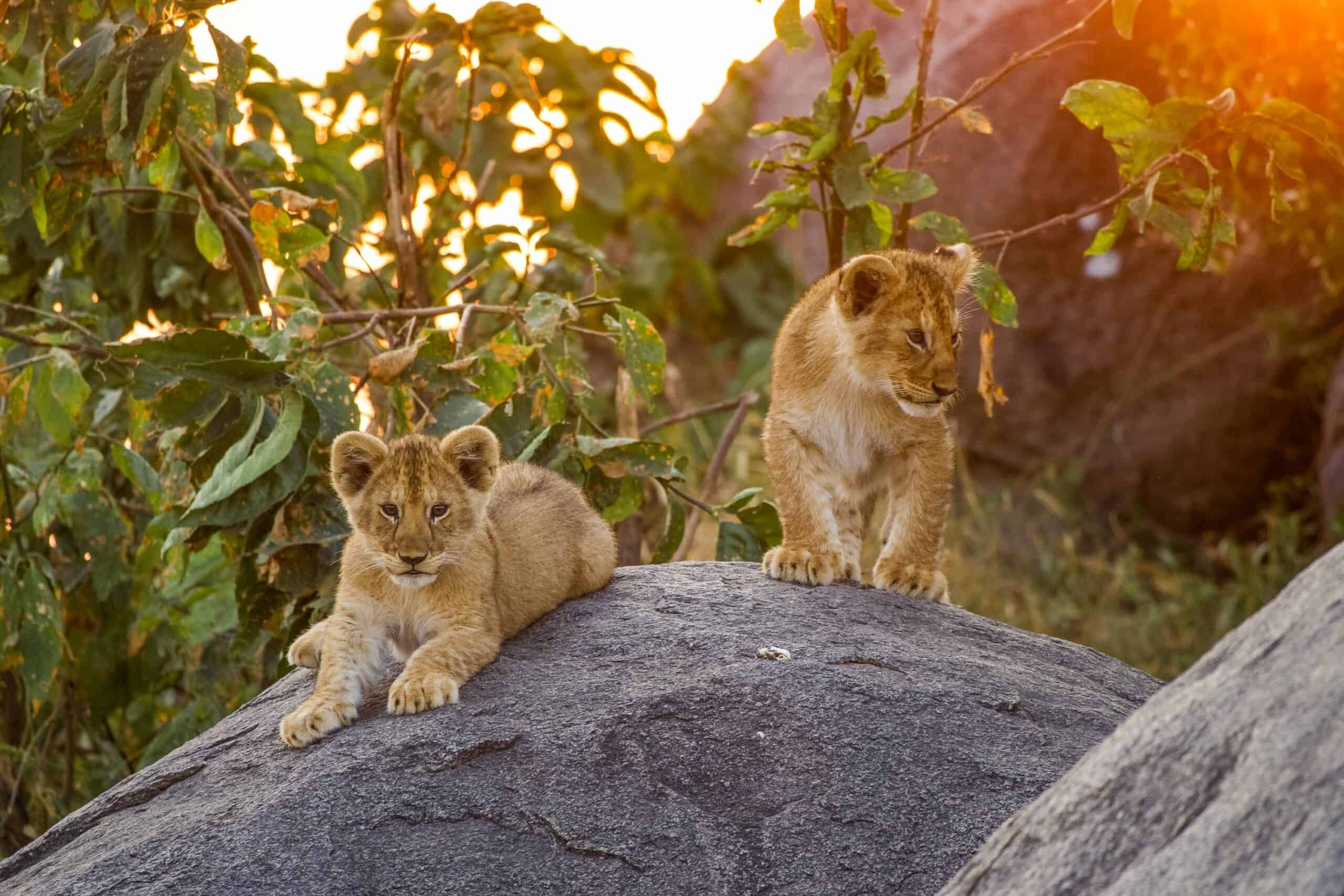
Lion Prides of Olmara Camp, Eastern Serengeti






